
QAI Rescues Sprinkler Fitters Union from Drowning in Member Documents
Quality Associates, Inc. (QAI) helps union client go digital, manage and electronically consolidate 600,000 pages of member files.

Discover How QAI’s Clients Have Thrived With Our Secure Document Management Solutions

Hundreds of customers have relied on QAI to meet their unique and complex document management and quality assurance needs. Our clients from the Information Systems Division are achieving rapid ROI, continued cost savings, and unique process advantages in the business areas of grants management, human resources, regulatory, patient records, case management, research studies, finance, legal/contracts, education, and transaction processing.
Read our customer success stories and see how QAI is helping organizations such as NIH, NASA, and Constellation Energy achieve optimal performance with our business process automation services.

Quality Associates, Inc. (QAI) helps union client go digital, manage and electronically consolidate 600,000 pages of member files.
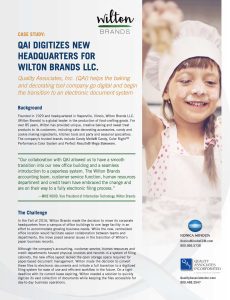
Quality Associates, Inc. (QAI) helps the baking and decorating tool company go digital and begin the transition to an electronic document system.
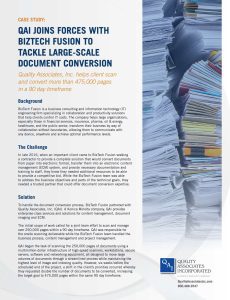
Quality Associates, Inc. helps client scan and convert more than 475,000 pages in a 90 day timeframe.
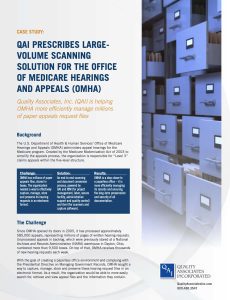
Quality Associates, Inc. (QAI) is helping OMHA more efficiently manage millions of paper appeals request files.

In order to make more efficient use of its office space, the Carey Business School sought to reduce or reallocate hundreds of thousands pages of paper files housed in file cabinets.
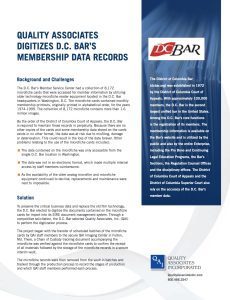
The D.C. Bar’s Member Service Center had a collection of 8,172 microfiche cards that were accessed for member information by utilizing older technology microfiche reader equipment located in the D.C. Bar headquarters in Washington, D.C.
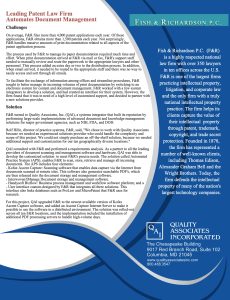
Fish & Richardson P.C. (F&R) is a highly respected national law firm with over 350 lawyers in ten offices across the U.S. F&R is one of the largest firms practicing intellectual property, litigation, and corporate law and the only firm with a truly national intellectual property practice.
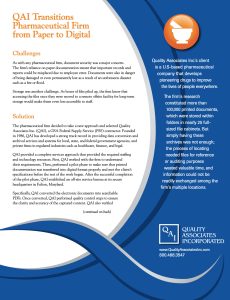
Quality Associates Inc.’s client is a U.S-based pharmaceutical company that develops pioneering drugs to improve the lives of people everywhere.
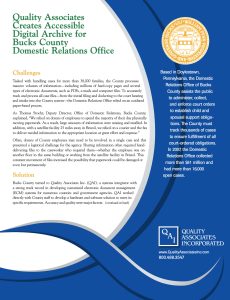
Bucks County turned to Quality Associates Inc. (QAI), a systems integrator with a strong track record in developing customized electronic document management (IIM) systems for numerous counties and government agencies.
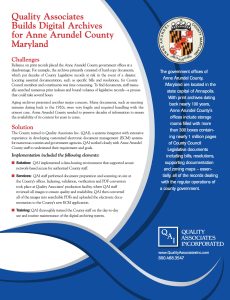
Anne Arundel County needed to preserve decades of information to ensure the availability of its content for years to come.
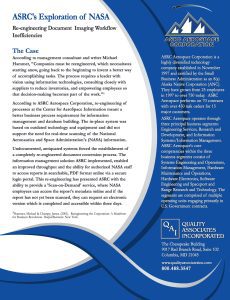
The technology and integration services QAI provided resulted in an efficient process for ASRC to meet the real-time scanning requirements and address the color and greyscale image component.
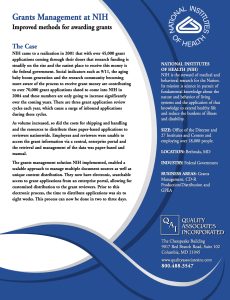
The grants management solution NIH implemented, enabled a scalable approach to manage multiple document sources as well as unique content distribution.
By continuing to use our site, you agree to our updated Privacy Policy